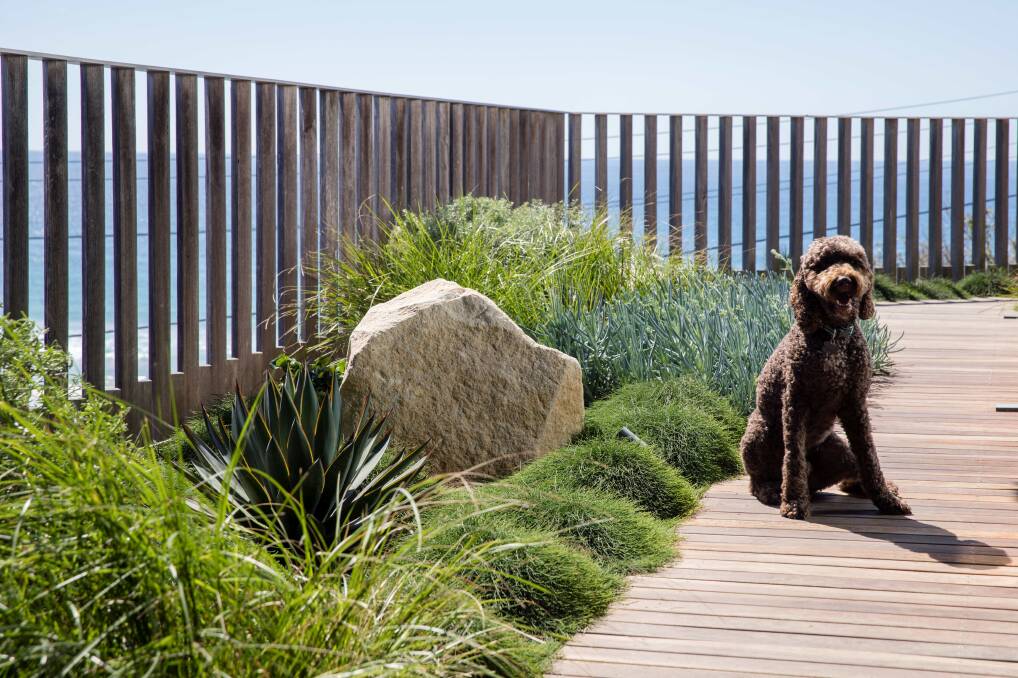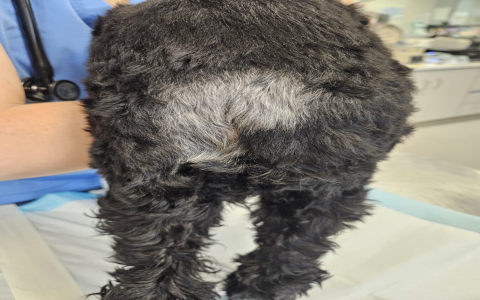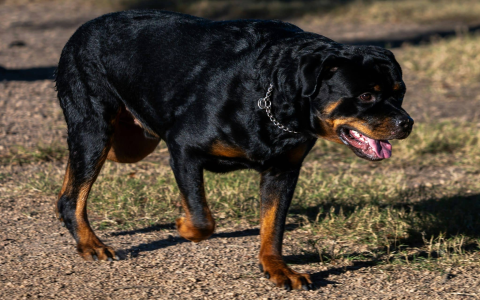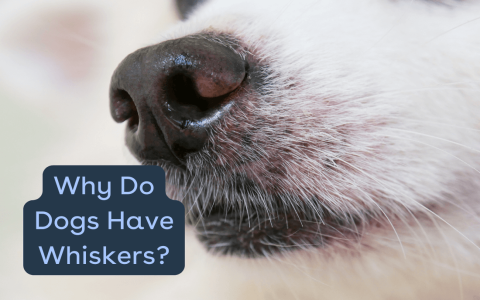Want a stylish garden with dog safe ornamental grasses? Learn how to select the right non-toxic plants easily today.
My Quest for Dog-Friendly Grasses
Alright, so the whole journey started when we let our dog, Buster, have more freedom in the backyard. He’s a good boy, mostly, but he loves to chew. Anything. Including plants. I looked out one day and saw him munching on something near the fence, and my heart just stopped. I wasn't even sure what that plant was, let alone if it was safe!

That scare sent me straight to my computer. I needed to figure out which ornamental grasses were okay if Buster decided to have a taste test. You type 'dog safe ornamental grasses' into a search engine, and boy, you get a lot of stuff, but it felt messy. Some sites said one thing, another said something different. It was kind of frustrating, just trying to get a straight answer.
Finding Reliable Info
I decided I needed to be more methodical. I started looking for lists from veterinary groups or animal poison control centers. Those felt a bit more trustworthy, you know? I jotted down names that kept appearing on the 'safe' lists. It took a while, cross-referencing and making sure the specific types were non-toxic.
Here are some I kept seeing pop up as generally safe:
- Feather Reed Grass (Calamagrostis)
- Switchgrass (Panicum virgatum)
- Little Bluestem (Schizachyrium scoparium)
- Japanese Forest Grass (Hakonechloa)
- Maiden Grass (Miscanthus sinensis - though check specific varieties, some sources get iffy)
I specifically avoided things like Pampas Grass because I read the blades can be really sharp, even if not toxic.
Making the Choices and Planting
Armed with my list, I went down to the local garden center. It’s way better seeing the plants in person anyway. I looked for healthy-looking grasses from my safe list that would fit the sunny spots in our yard. I wanted some height near the back fence and something shorter along the path.
I ended up grabbing a few pots of Feather Reed 'Karl Foerster' because they look great almost all year, and some Little Bluestem for its nice colour later in the season. Got them home, picked my spots, and got digging. Spent a good afternoon getting them settled in, watered them well, and basically hoped for the best.

Watching and Waiting
Then came the real test. I let Buster out. He sniffed around the new plants, same as he does with anything new. He gave one blade of the Little Bluestem a tentative chew, seemed unimpressed, and then totally ignored them! He walked right past them, didn't try to eat them again. It was a huge relief.
It's been a few months now. The grasses are growing well, look fantastic, and Buster hasn't shown any more interest in eating them. It just gives me peace of mind knowing that even if he did randomly decide to nibble, he's not going to get sick from those particular plants. Totally worth the effort of researching and replanting.












